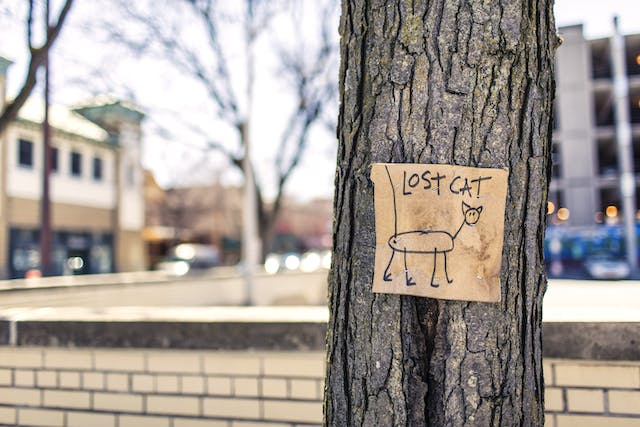How I lost a thing that wasn’t mine
I. Brainstorming
Reflect on personal experiences:
a. Recall a situation where you lost something that didn't belong to you
b. Consider the circumstances leading up to the loss
c. Reflect on the emotions, actions, and consequences associated with the incident
Identify a central theme or message:
The lessons learned from unintended mistakes and their impact on personal responsibility.
II. Selecting a Topic
Choose a relevant topic:
How I lost a thing that wasn't mine: [specific incident].
Consider the topic's significance in your life:
Reflect on the consequences of the incident and the lessons it taught you about responsibility and accountability.
III. Introduction
Hook:
Begin with a description of the setting, the object lost, and the initial emotions associated with the incident.
Scene Setting:
Set the stage by providing context for the situation, such as the place and people involved.
Thesis Statement:
"The day I unintentionally lost something that didn't belong to me became a pivotal moment in my life, teaching me valuable lessons about responsibility, accountability, and the consequences of unintended actions."
IV. Body Paragraphs
Background/Offer necessary context:
Introduce the situation, the object lost, and the circumstances leading up to the incident.
Introduce the central conflict:
Describe the moment of realization that you had lost something that wasn't yours and the immediate emotions that followed.
Take readers to the climax:
Detail the actions taken in an attempt to rectify the situation, any struggles faced, and the consequences of the loss.
Provide the resolution:
Reflect on the lessons learned, personal growth achieved, and any resolution or consequences that followed the incident.
Use vivid descriptions, character development, and dialogue:
Depict the visual and emotional aspects of the incident.
Develop your character by expressing internal thoughts, emotions, and reactions.
Include any meaningful dialogue or interactions related to the loss.
V. Conclusion
Restate the thesis:
Reinforce the central theme of the incident teaching valuable lessons about responsibility and accountability.
Summarize key points:
Summarize the details of the incident, the emotional impact, and the lessons learned.
End with a closing thought:
Conclude with a reflection on the enduring impact of the incident, expressing gratitude for the lessons learned and the personal growth that resulted from the experience.

















